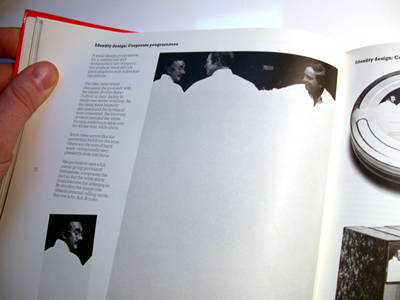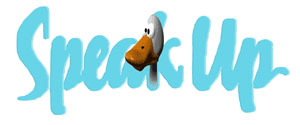You know who I don’t like? That guy. That actor who squints a lot and speaks, well, screams, in that annoying squeaky, whiny voice. His roles are this loser type who gets bossed around, even when he’s the boss. You know who I’m talking about, right? I don’t like him. You know what else I don’t like? That duck. That one, that walks into bars, offices, steam rooms and gets ignored. The one that screams the name of that company that who knows what they do. I don’t like that either.
It turns out, that guy is the voice of that duck.
And that duck — the Aflac duck — has become quite famous and, in good branding terms, quite equitable. In quantitative analysis that translates into: increased brand recognition from 12% to nearly 90% following its introduction in 2000. Not bad, however, consumers still weren’t certain about what Aflac did.
AFLAC stands for: American Family Life Assurance Company of Columbus. It doesn’t exactly roll off the tongue. And what makes them different from all other insurance companies? Dan Amos, Aflac Chairman and CEO says, “For years, we have dedicated ourselves to serving the immediate need of our customers by providing cash benefits to help with expenses not covered by primary health care insurance.” Somehow their logo did not represent that… at its most rudimentary it at least said family:

Last Thursday, December 2nd at Aflac’s headquarters in Columbus, Georgia, they did away with that old, stodgy logo and, in good spectacle fashion, revealed the new logo. Christopher Boyce, staff writer for Columbus’ Ledger Enquirer, reports:
It is rare when an advertising campaign drives a company’s corporate identity, even rarer when a mascot becomes the identity.

Aflac’s new logo, designed by Futurebrand, completely exploits the unnamed duck’s popularity and, just like in the ads, the duck seems to be sticking its head where it doesn’t belong. However, that is not entirely bad, I think. Laura Kane, a representative for Aflac, said “We want to be a company that’s more approachable. To strengthen and reinforce the brand promise that Aflac is there for consumers.” In that frameset, the duck certainly seems appropriate.
Typographically, the logo is friendlier, stronger and has much more personality than the prior AIGA-looking wordmark. There is a very interesting use of counter-form with the duck being built from the space around it. It is nicely detailed, but to my chagrin, looks shyly weak in its black and white iteration. Of interest, is a comment by Al Johnson, Aflac’s second vice president of branding and advertising, “We took a look at over 140 Aflac ducks and 200 logos. We wanted it to drive the demand idea. But copying the Aflac duck doesn’t make a new logo.”
Ultimately, this rebranding is about the duck and who can blame them? Slated for its Hollywood debut in Lemony Snicket’s A Series of Unfortunate Events with a cameo role, its own line of products and a pinch of controversy with the United Poultry Concerns it’s only natural to ride the wave, even if not everybody agrees. Tony Spaeth, on Identityworks, oddly questions the move, “Did anyone think about a name change? It might have enabled�advertising with greater focus on product benefits than on its own cleverness.” A new name would have completely erased four years of growing recognition built by the duck and the duck itself would be rendered useless. And if branding has taught us anything it is to not ignore what the consumer recognizes. And, sometimes, I don’t like that either.














Call the icon police. FutureBrand's drop-shadow, 3D, gradient tools must be confiscated. In the name of good design, this can't continue.
On Dec.06.2004 at 10:26 AM